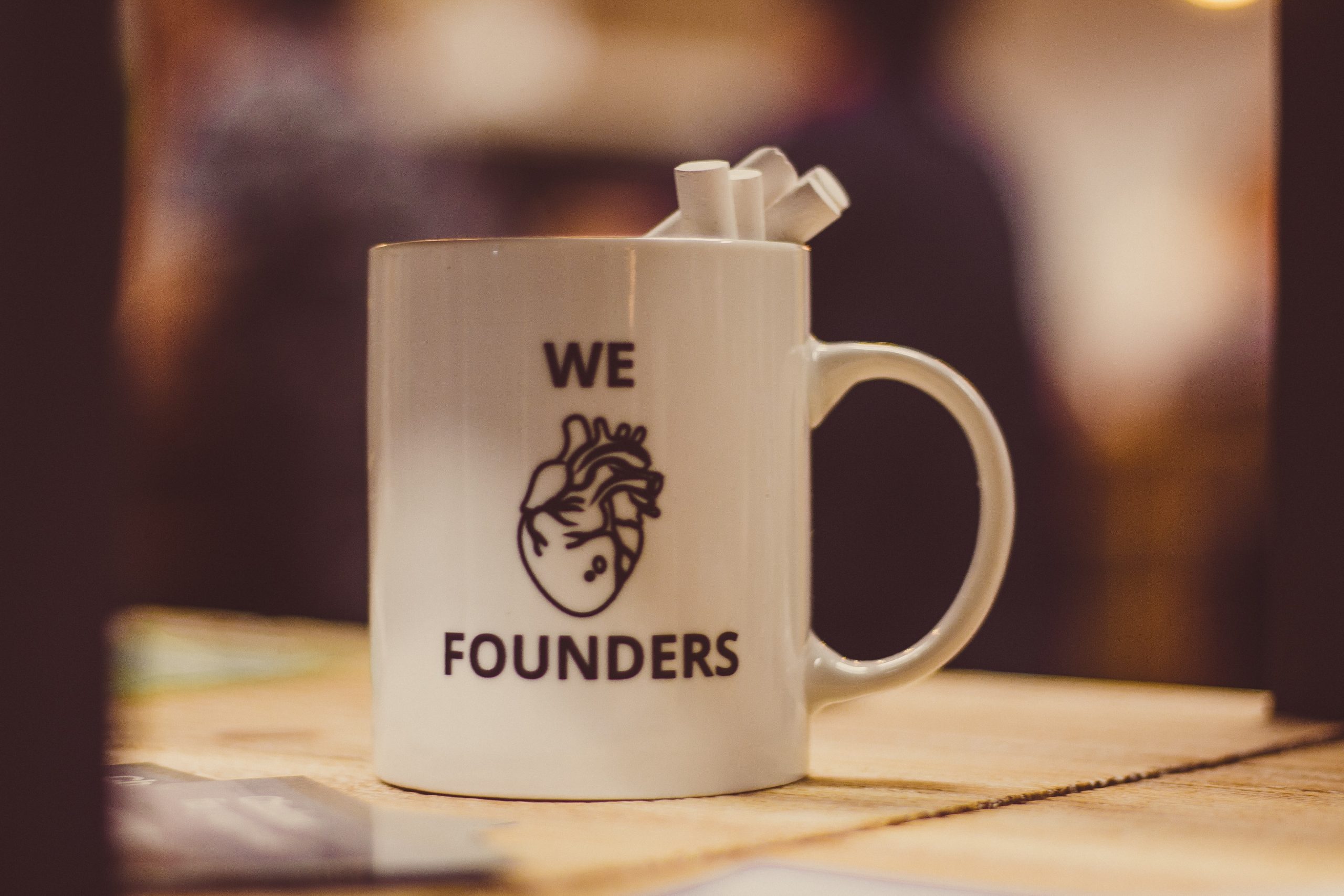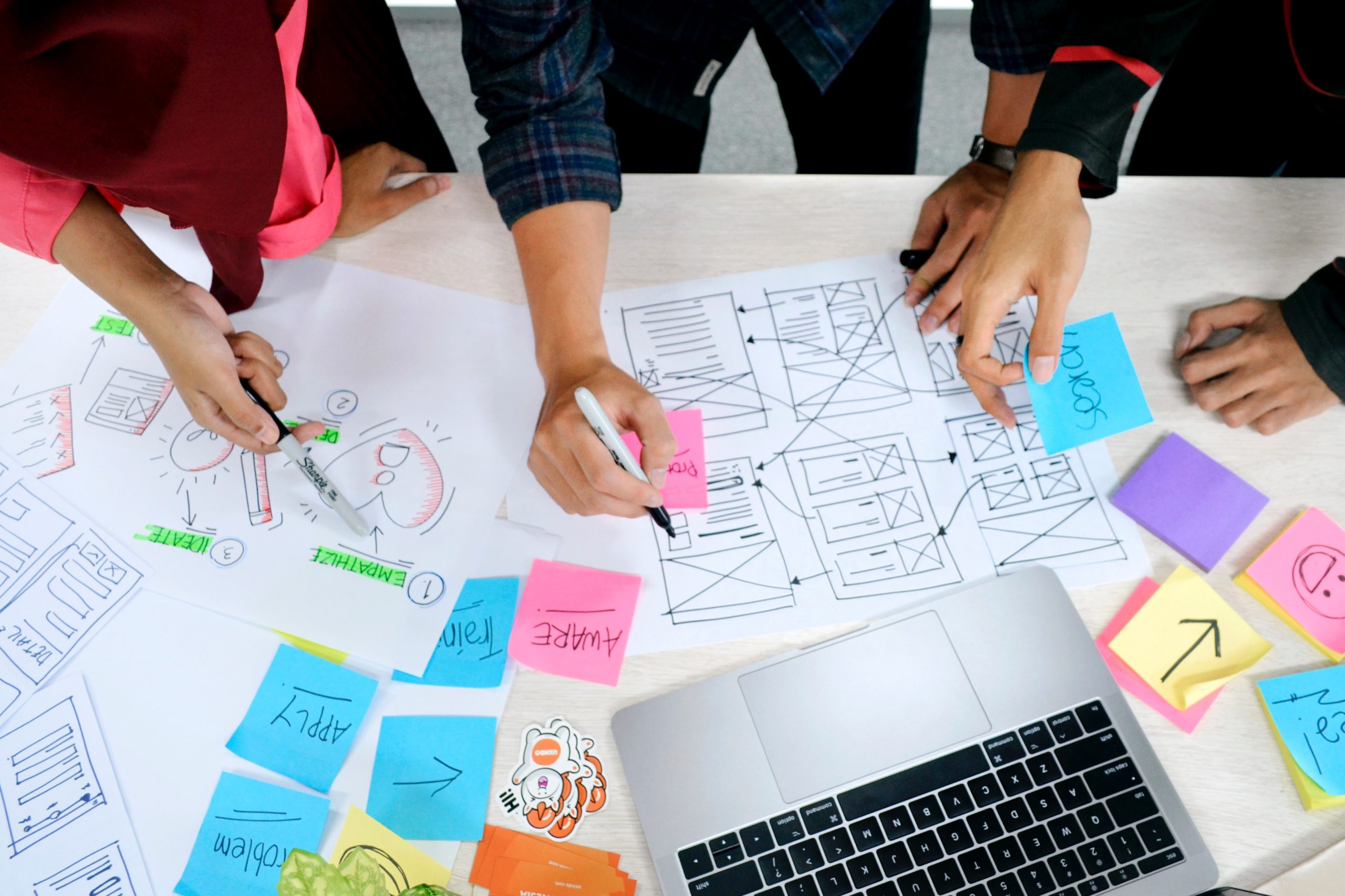After learning how to develop a product that perfectly meets the customers’ needs in our 3rd session with the FAIP 2021 cohort; in week 4 we dived into understanding how to acquire the customers and keep them coming back to buy more products over time. The goal of this session was to help the participating startups to develop practical sales strategies with ease of execution within their target markets.
In addition, we helped the participating startups critically analyze their cost of acquiring their customers and establish their customer acquisition cost (CAC) ratios.
To simply the customer acquisition process, we explored the six components of the marketing funnel and their application to the startups participating in FAIP 2021. The marketing funnel is a representation of the target buyers journey from when they are simply prospects to when they are converted into paying customers.
The process starts with the startup creating awareness about their products through different channels including social media, affiliate marketing, listing on online marketplaces, content marketing and in mainstream advertising among others. At this stage the goal is to attract as many customers as possible into your marketing funnel by placing your products before their eyes as frequently as time and financial resources can allow.
Once your products are known by the target customers in the markets where you intentionally create awareness; a fraction of those who get to know about your products will express their interest in them by starting to seek more information about them. At this second stage in the marketing funnel, the focus of the startup is to track those expressing their interest in their products; and supply them with more content to reaffirm the value they will get from the products.
The end goal is to build trust with the prospective customers by ensuring they easily find answers to all their initial queries about the products you are offering.
The third step in the marketing funnel is the consideration stage. At this stage, the prospective customers have consumed substantial information about your products and they have developed a deeper interest in them; but they have not made the purchase decision yet. For the startup, this is the time to narrow down the marketing efforts to specific customer segments or individual customers; and provide them with customized content via emails and other channels. The prospects who get to the consideration stage are deemed to be qualified leads that can be pursued further; with a high likelihood of conversion into paying customers.
From the consideration stage, the prospective customers move to the fourth stage – the intent stage. This is where they express their intention to buy your products by requesting for quotations, placing items in the cart in online stores or by responding to surveys sent out by your business. At this stage, the startup focus is on demonstrating their value proposition in order to keep the prospect in the marketing funnel and push them further down.
Just before the prospective customers make their final decision on whether to buy from you or not; they will evaluate your value proposition and compare it with other alternatives they are considering. This is the fifth stage where the startup should focus on making obvious the features and utility value derived from their products by their customers that make them stand out from the rest. It is at this point where additional value such as after sales services is offered to the prospective customers to make the deal sweeter and win them over.
The sixth and final step in the marketing funnel is purchase stage. This is when the prospective customer finally decides to buy your products. At this point you have successfully converted the prospective customers to paying customers; and you deliver the value proposition promised to them and any other after sales services.
After the purchase, you move on to the next phase which is customer retention. Here the focus is to ensure your paying customers are happy with your products; and they keep coming back to buy more over a prolonged period of time. Building effective customer relationships with your buyers will establish brand loyalty from them and help keep your cost of acquiring new customers in check. This will ultimately boost your revenues and increase your profit margins over time.
At the end of week 4 session, founders participating in the FAIP 2021 cohort had to go back and develop a detailed marketing strategy for their startups and establish what their historical and projected customer acquisition costs (CAC) are. With this understanding of unit economics, the startups are now equipped with the requisite skills and tools to acquire and retain customers based on facts and figures that also help them in their long-term growth planning.



